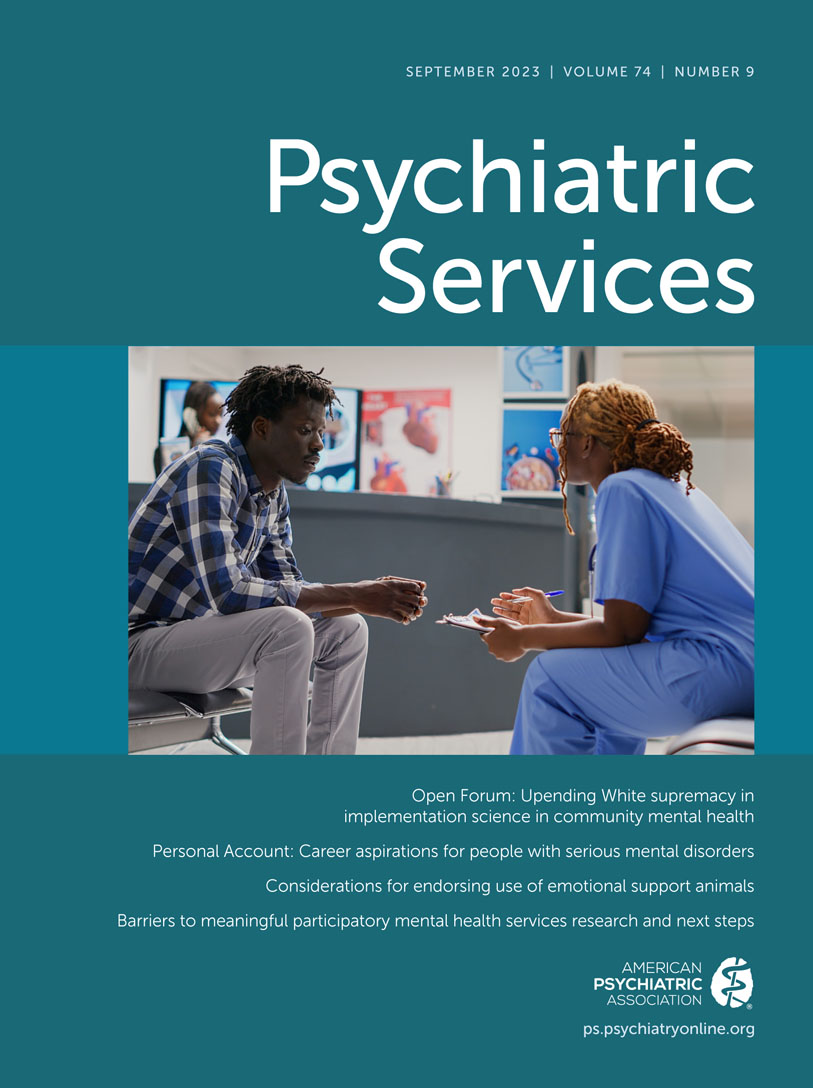Trends in Crisis Hotline Call Rates and Suicide Mortality in the United States
Abstract
Objective:
Utilization of the 988 Suicide and Crisis Lifeline (Lifeline; formerly called the National Suicide Prevention Lifeline) was analyzed in relation to suicide deaths in U.S. states between 2007 and 2020 to identify states with potential unmet need for mental health crisis hotline services.
Methods:
Annual state call rates were calculated from calls routed to the Lifeline during the 2007–2020 period (N=13.6 million). Annual state suicide mortality rates (standardized) were calculated from suicide deaths reported to the National Vital Statistics System (2007–2020 cumulative deaths=588,122). Call rate ratio (CRR) and mortality rate ratio (MRR) were estimated by state and year.
Results:
Sixteen U.S. states demonstrated a consistently high MRR and a low CRR, suggesting high suicide burden and relatively low Lifeline use. Heterogeneity in state CRRs decreased over time.
Conclusions:
Prioritizing states with a high MRR and a low CRR for messaging and outreach regarding the availability of the Lifeline can ensure more equitable, need-based access to this critical resource.
Access content
To read the fulltext, please use one of the options below to sign in or purchase access.- Personal login
- Institutional Login
- Sign in via OpenAthens
- Register for access
-
Please login/register if you wish to pair your device and check access availability.
Not a subscriber?
PsychiatryOnline subscription options offer access to the DSM-5 library, books, journals, CME, and patient resources. This all-in-one virtual library provides psychiatrists and mental health professionals with key resources for diagnosis, treatment, research, and professional development.
Need more help? PsychiatryOnline Customer Service may be reached by emailing [email protected] or by calling 800-368-5777 (in the U.S.) or 703-907-7322 (outside the U.S.).



